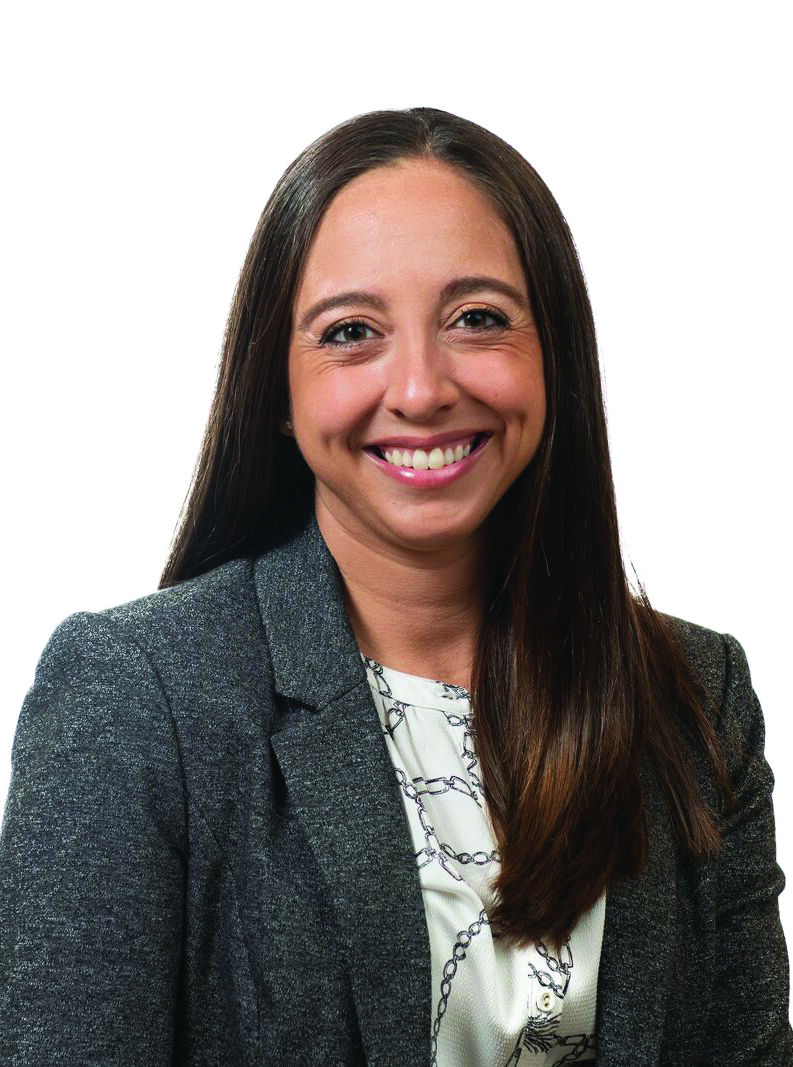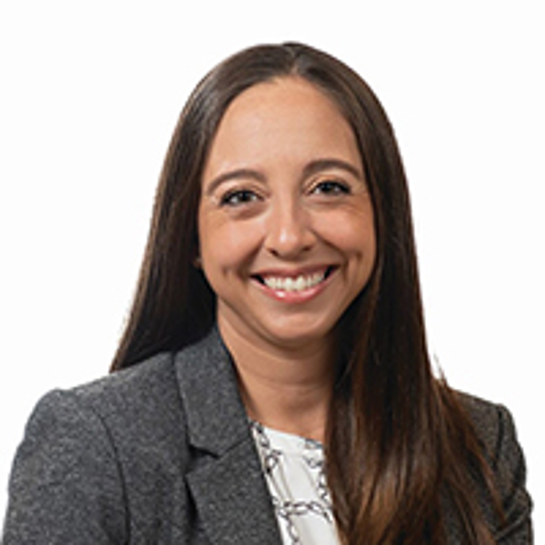Stories From a Scientist Affecting Science Policy in Washington, D.C.

Ever since college, I have continually been involved in public service. I enjoy working towards broader community improvement, whether it be through efforts to secure dental insurance for graduate students at Virginia Tech or fundraising for facilities to rehome retired thoroughbred racehorses. As an undergraduate student at Murray State University, I joined the SIAM student chapter and served as an officer; I was also an active member of the Virginia Tech SIAM Student Chapter throughout graduate school. Due to my involvement with these chapters, I received multiple travel grants to attend and present at SIAM conferences over the years. In addition, my participation in networking events and career fairs led to several job opportunities. These experiences collectively introduced me to SIAM’s far-reaching impact in fostering the development of applied mathematics through publications, research, and camaraderie. When I saw the call for applications for the two-year SIAM Science Policy Fellowship Program, I was thus excited at the prospect of utilizing my public service background to positively impact the SIAM community.
I applied to the SIAM Science Policy Fellowship Program because I wanted to understand the underpinnings of science policy and make meaningful contributions to the scientific endeavor both in the U.S. and globally. The SIAM Committee on Science Policy (CSP) focuses on promoting the visibility and value of applied mathematics research to policymakers by personally sharing information about SIAM and its members with congressional offices. The CSP maintains a steady presence in Washington, D.C., to understand and advocate for science policy issues that affect the entire SIAM community through the creation of white papers and position statements on topics like efficient power grid design and climate change. The Committee also communicates with policymakers regarding specific issues of interest, such as funding for the National Science Foundation (NSF) or the Department of Energy’s (DOE) Advanced Scientific Computing Research (ASCR) program. In order to ensure that SIAM upholds its footing in Washington, D.C., Lewis-Burke Associates LLC serves as SIAM’s governmental relations partner and liaison between the Society, federal agencies, and Congress members and their staff for issues that are important to applied mathematicians and computational scientists.
After submitting my application, which included a personal statement and a write-up of a policy issue (I discussed biomedical data availability), I received the Fellowship in 2020 along with nine other early-career researchers. As a Science Policy Fellow, I attended CSP meetings with 21 senior members of SIAM from academia, industry, and the National Laboratories. Travel restrictions due to the COVID-19 pandemic limited the meetings in 2020 and 2021 to virtual platforms, though SIAM extended my Fellowship for an additional year — enabling me to travel to Washington, D.C., for in-person gatherings in 2022. The CSP meetings occur biannually in the spring and fall and include a half-day orientation that briefs Fellowship recipients on the basics of SIAM’s history with science policy as well as the fundamentals of the federal budget, legislative process, and science policy advocacy. Staff from Lewis-Burke guided our efforts to highlight important topics in the federal budget that pertain to mathematics research. We also learned about strategies to better connect with policymakers and their staff when presenting compelling cases of the value of scientific research endeavors across the nation, ranging from the work of the Tennessee Valley Authority to ongoing projects at Pacific Northwest National Laboratory.
During the general CSP meetings, directors from mathematical research-focused scientific offices—such as NSF and DOE—present their current and projected budgets and share scientific priorities for the upcoming year. At the 2022 spring meeting in Washington, D.C., the CSP met with David Manderscheid and Junping Wang, respectively the Division Director and Deputy Division Director of the Division of Mathematical Sciences within NSF’s Directorate for Mathematical and Physical Sciences. Manderscheid and Wang emphasized the need for increased funding to support initiatives for epidemiological modeling of human behavior and digital twins research. Similarly, we conversed with Barbara Helland—Associate Director of the ASCR program within DOE's Office of Science—who also highlighted new focus areas in digital twins, the novel Energy Earthshot initiative, and DOE’s Reaching a New Energy Sciences Workforce (RENEW) solicitation. RENEW seeks to build workforce capacity at institutions that are historically underrepresented in the Office of Science research portfolio. We likewise met with Carrie Wolinetz, the Deputy Director for Health and Life Sciences in the White House Office of Science and Technology Policy, who discussed the National Institutes of Health’s (NIH) new Advanced Research Projects Agency for Health and overviewed ways in which applied mathematicians can engage.
The CSP wraps up each meeting with discussions about future scientific priorities and specific topics and initiatives that take precedence within the SIAM community. During the spring CSP meetings, committee members also convene directly with congressional staffers. At the 2022 spring gathering, I had the opportunity to meet with members of Congress who were especially passionate about health policy, which is the focus of my own work. I was able to communicate the impacts of DOE budgetary choices on health research. For example, ongoing collaborative research projects between DOE and NIH utilize novel algorithms that SIAM members are developing. By linking the importance of mathematical research to initiatives about which congressional staffers are passionate, Fellowship recipients can yield a positive policy outcome for the entire SIAM community.
In addition to my participation on the CSP, I also completed an independent policy project that involved meeting with staff members from the U.S. House of Representatives’ Committee on Science, Space, and Technology’s Subcommittee on Energy, which has jurisdiction over DOE research programs. While recent large-scale initiatives have attempted to utilize artificial intelligence (AI) and mathematics in health research, the field is plagued by a lack of available biomedical data. In my discussions with members of the Subcommittee on Energy, I highlighted areas wherein AI technologies with healthcare applications could assist in the detection of a new opioid over-prescription zone, provide probabilistic early warning analyses of COVID-19 outbreaks, and identify regions of environmental exposure to radon. Several recent and ongoing initiatives aim to develop novel algorithms and applied mathematics research to drive biomedical advancement, though an understandable hesitancy surrounds the sharing of medical data. As such, I accentuated recent computing advances for the handling of private data, such as DOE’s CITADEL security framework. We must ensure that researchers have both the funding to complete their projects and the appropriate mechanisms for curating the data that are required for large-scale biomedical data science.
The opportunity to learn about research priorities and initiatives directly from agency directors was invaluable, and firsthand knowledge about the creation of program initiatives is crucial to furthering our understanding of the way in which public need influences and pivots research directions. Recognizing the impact of these choices on the SIAM community—from undergraduate fellowship programs to large-scale initiatives—underscores the significance of the CSP. By participating in the SIAM Science Policy Fellowship Program, I gained a deeper appreciation of the CSP’s importance in the context of science policy. It is vital that the SIAM community continues to have a voice in Washington, D.C. Budget and policy decisions are constantly underway, and the future of the scientific community hinges on these choices. It has been a privilege to participate on the CSP as a Science Policy Fellowship recipient, and I look forward to serving SIAM in future science policy ventures.
Are you interested in applying for the SIAM Science Policy Fellowship Program? The application deadline for the next round of Fellowship recipients is November 15, 2022. Three to five postdoctoral and/or early-career researchers will be selected to serve a two-year term that includes training, attending biannual SIAM Committee on Science Policy meetings, interfacing with federal officials, and participating in an advocacy day on Capitol Hill in Washington, D.C. Learn more and apply online.
About the Author
Samantha Erwin
Data Scientist, Pacific Northwest National Laboratory
Samantha Erwin is a data scientist in Applied AI Systems at Pacific Northwest National Laboratory. Her research focuses on the creation of mathematical models to elucidate biological mechanisms. She has led teams to develop data analysis pipelines that integrate natural language processing, graphical models, machine learning, and statistical analysis.

Stay Up-to-Date with Email Alerts
Sign up for our monthly newsletter and emails about other topics of your choosing.



